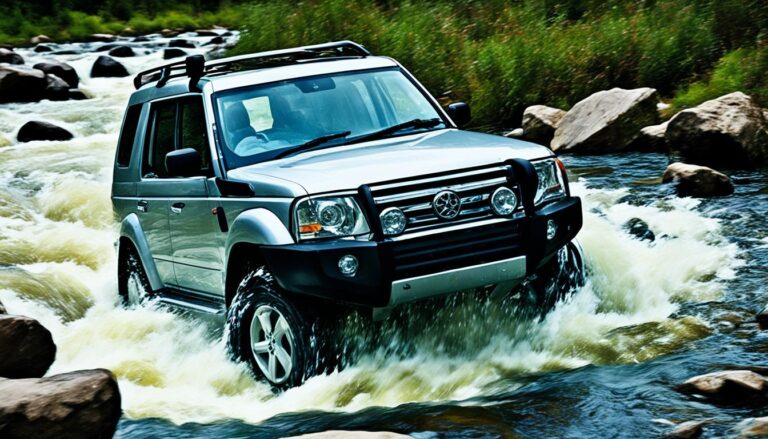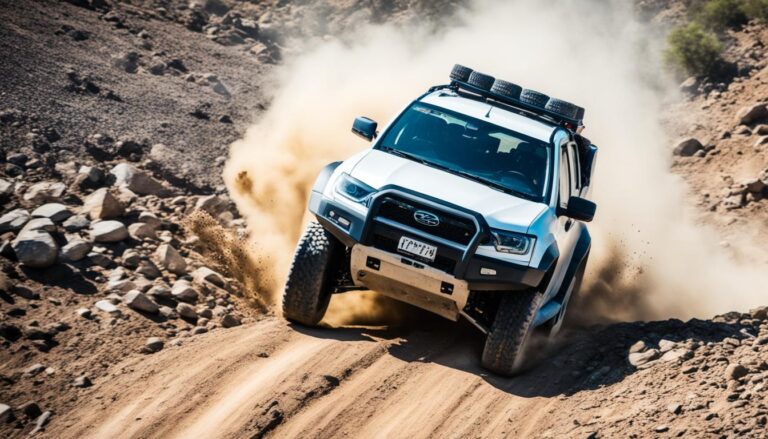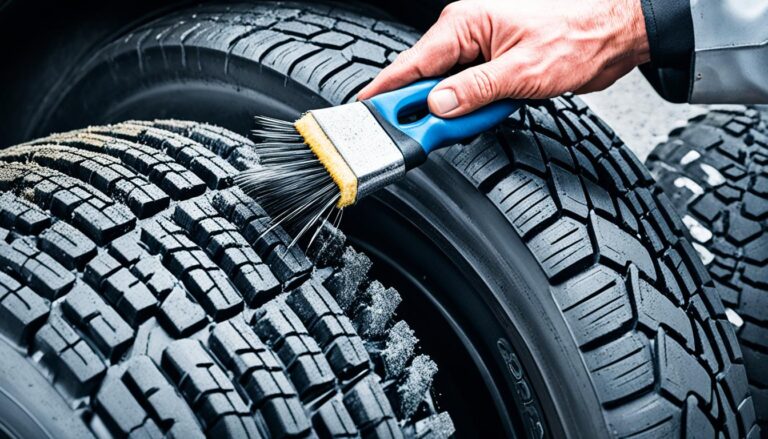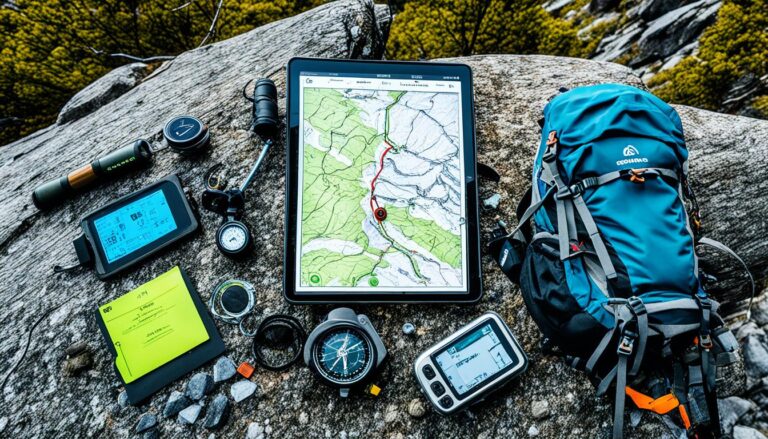Mastering Mud: How to Drive Through Muddy Terrain in Your 4×4
Are you ready to dive into the thrilling world of mud terrain driving? As enthusiasts of off-roading, we know that navigating muddy trails can be both an adventure and a challenge. With the right skills and knowledge, we can conquer these slippery surfaces in our 4×4 vehicles. In this section, we will explore the essential components that make mud driving safe and enjoyable, including tire selection and vehicle preparation. Let’s gear up and learn how to master the art of adventure driving through mud!
Understanding the Basics of Mud Terrain Driving
As we dive into the world of muddy terrain driving, there are a few foundational elements we need to grasp. We will explore tire selection, the role of different 4×4 systems, and how to accurately assess muddy conditions. Mastering these off-roading basics equips us with the knowledge to enhance our vehicle capability in challenging environments.
The Importance of Tire Selection
Tire selection plays a critical role in our ability to traverse muddy paths effectively. Specialized tires designed for mud provide essential traction, enabling our vehicles to grip slippery surfaces and avoid getting stuck. When searching for the right option, we should consider features such as:
- Deep treads that expel mud effectively.
- Soft rubber compounds for increased grip.
- Self-cleaning designs that maintain traction.
Choosing the right tires ensures optimal performance, making our off-roading adventures smoother and more enjoyable.
Understanding Your 4×4 System
A clear understanding of our 4×4 systems is crucial for navigating muddy terrains. Vehicles equipped with four-wheel drive (4WD) offer distinct advantages over all-wheel drive (AWD) in these conditions. We must consider the following:
- 4WD provides full power to all four wheels, improving traction during slippery maneuvers.
- AWD is beneficial for general driving but may falter in deep mud.
- Some 4×4 systems allow drivers to switch between modes, allowing tailored performance based on conditions.
By knowing the strengths of our systems, we can adapt our driving approaches to maximize vehicle capability in mud.
Assessing Muddy Conditions: What We Need to Know
Before tackling muddy trails, we must accurately assess the conditions. Recognizing the type of mud we encounter influences our strategy and can impact tire performance. Key factors to evaluate include:
- Consistency of the mud: Is it thick and gooey, or more like wet soil?
- Depth of the mud: Shallower areas may require different tactics than deeper bogs.
- Stability of the ground: Some mud appears solid but may not support vehicle weight.
Understanding these muddy conditions allows us to make informed decisions, ensuring a safer and more effective off-roading experience.

Mud Terrain Driving Techniques for Success
Mastering mud terrain requires a combination of effective driving techniques that enhance our ability to navigate through challenging conditions. Understanding how to maintain momentum, control our speed, and steer effectively through mud can significantly improve our overall experience.
How to Maintain Momentum in Mud
Maintaining momentum is crucial to avoid getting stuck in muddy terrain. When we feel our vehicle slowing down, applying gentle acceleration keeps us moving forward. Switching to lower gears also helps us harness power while minimizing the risk of wheel spin. In muddy conditions, speed is often our friend.
Choosing the Right Speed: Slow vs. Fast
Finding the right speed is essential for effective mud navigation. Driving too slowly can lead to bogging down, while excessive speed may result in losing control. We should consider both our vehicle’s capabilities and the mud’s consistency. Here’s a quick comparison:
| Driving Speed | Advantages | Disadvantages |
|---|---|---|
| Slow Speed | Precise control, better traction | Higher risk of getting stuck |
| Fast Speed | Helps maintain momentum | Less control, increased risk of accidents |
Steering Techniques for Navigating Through Mud
Steering in mud requires refined inputs to maintain stability. We should use gentle steering movements to avoid sudden changes in direction that can cause wheel slip. Anticipating potential obstacles and gradually adjusting our line allows for smoother navigation. Practicing these techniques will make us more adept at managing our vehicle in muddy conditions.

Preparing for Your Muddy Adventure
As we gear up for our next muddy adventure, proper preparation for mud driving is essential. A thorough off-roading checklist will ensure we don’t overlook any vital equipment that enhances our safety and enjoyment during our excursions. First and foremost, we should invest in high-quality mud terrain gear, including recovery items like tow straps, shovels, and a reliable winch. These tools can be lifesavers, particularly when navigating particularly tricky patches.
Packing essential supplies is also crucial. We must remember to bring along enough food, water, and extra clothing to keep us comfortable, especially since we might encounter unexpected delays or weather changes while out in the wild. Additionally, a good pre-drive checklist should include ensuring our 4×4 is in top shape, checking tire pressure, fluid levels, and battery health to tackle muddy terrain confidently.
Finally, let’s not underestimate the importance of vehicle maintenance checks before hitting the trails. This proactive approach helps us identify potential issues that may arise during our adventure and keeps our vehicle running smoothly through thick mud. By focusing on these preparatory steps, we are sure to have a successful and enjoyable outing in our off-road vehicles.







